Programboknings-systemet Hollyrosa är nu redo för 2018.
Inga större programuppdateringar har gjorts än, det blir senare i vinter.
Programboknings-systemet Hollyrosa är nu redo för 2018.
Inga större programuppdateringar har gjorts än, det blir senare i vinter.
This is part 6, the final part, in a series on posts from my experience being part of the planning team for European Guide and Scout Centre Managers Conference (ECMC) 2017.
Check out the statistics for autumn in Iceland: any day has a 45% chance/risk of rain. Say for example that you exit the planning teams HQ, in order to go the the Gillwell Hall. Its a fifty meter walk in sunshine but cold winds. You spend about 25 minutes rearranging tables and preparing the hall for upcoming workshops. You are in a rush to get back to HQ but s you exit through the front door you realize that it is no longer sunshine. It is raining. I learned that on Iceland, you bring your rain jacket everywhere.
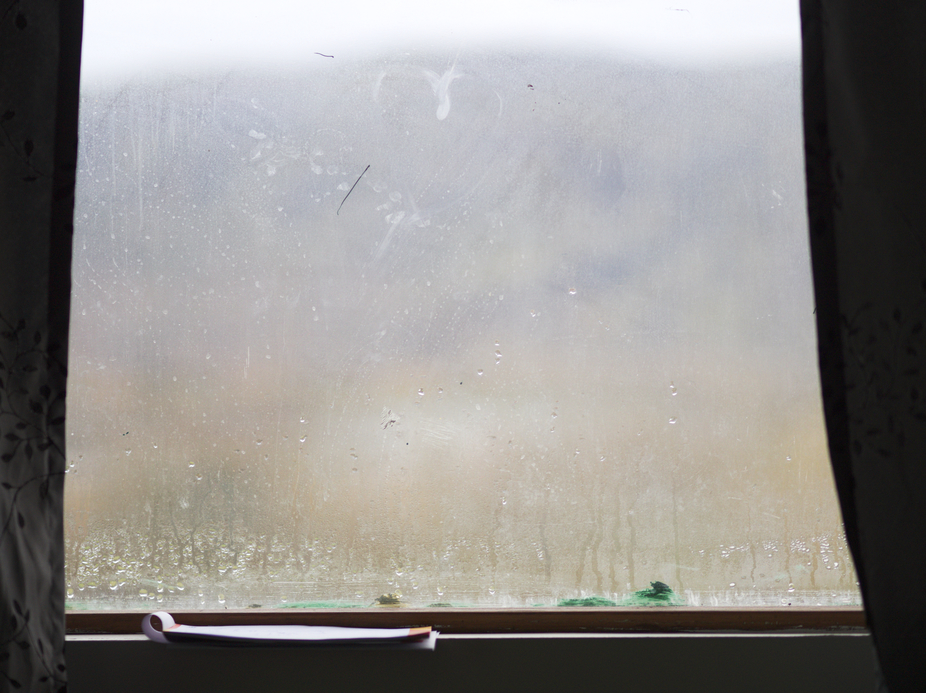
I will close the series on ECMC 2017 by discussing a few sessions and the workshops. They are all important to me because I do believe the CEMC is a conference that is working because the participants are active. ECMC is a conference for and of the participants ultimately.


The Consulting Challenge was a new introduction to ECMC. The idea of the session, in essence, was to put the participants to work solving real problems. The participants was asked to act as consultants for an hour to Úlfliótsvatn who got to describe the challenges they wanted consulting help with. This was a really good session and when listening to the output I think it could be applicable to many centres challenges.

Everyone have something to tell/teach and everyone have something to learn. By opening up for a big variety of micro presentations, I think we open many doors to new ideas and discussions. We had so many micro presentations that we had to split the conference into two parallel groups. Since I was running one of the two parallel sessions, I only saw half of the presentations. Running about 25 presentations in rapid succession creates a challenge keeping up with loading new presentation on the presentations computer. I have come to develop a certain fondness for slide less presentations.
A few presentations stood out to me. First of all, we had more than one centre manager speaking the personal challenge of burn out. It is such an important and deep subject I hope we can bring it to the next ECMC.
Another presentations which stood out to me was Rui’s great story behind a scout centre having no memory is a scout centre having no history.
From Scout Valley Lithuania came an inspiring talk by Jonas about how he introduced outside kindergarten in Lithuania influencing national regulations via his scout centre. (making the world a better place anyone?). I’m mighty impressed.
We in the planning team always strive to do as few workshops as possible. Participants here enough of us anyway. So we where happy that we could fill so many workshops with hosts not from the planning team. Big thanks from the planning team.


So much more happened on the conference. I’m still processing some thoughts and ideas, but now it’s time for a set of photos I love to share with you.
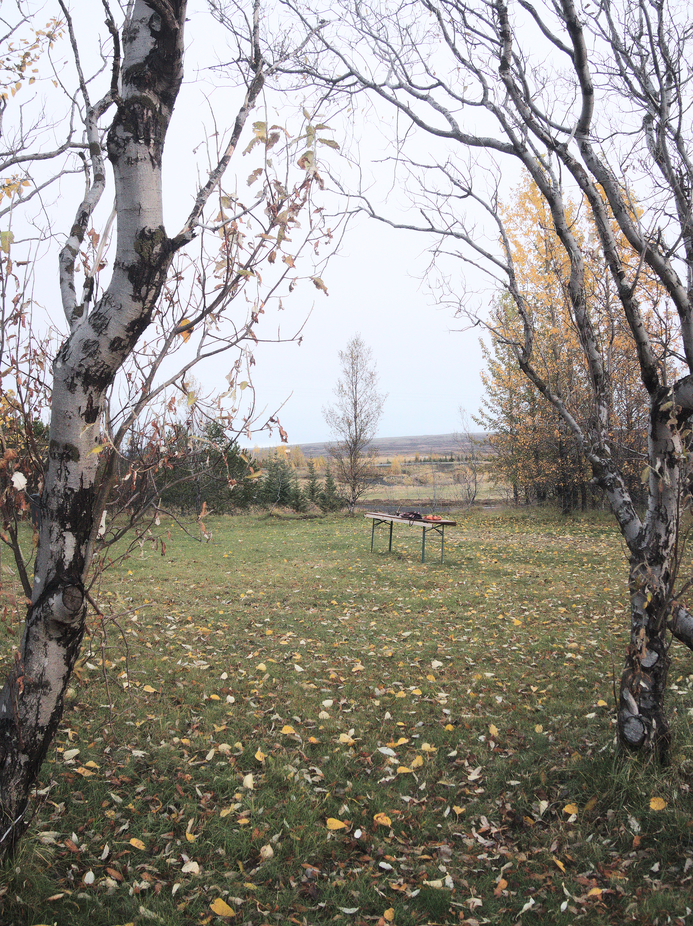
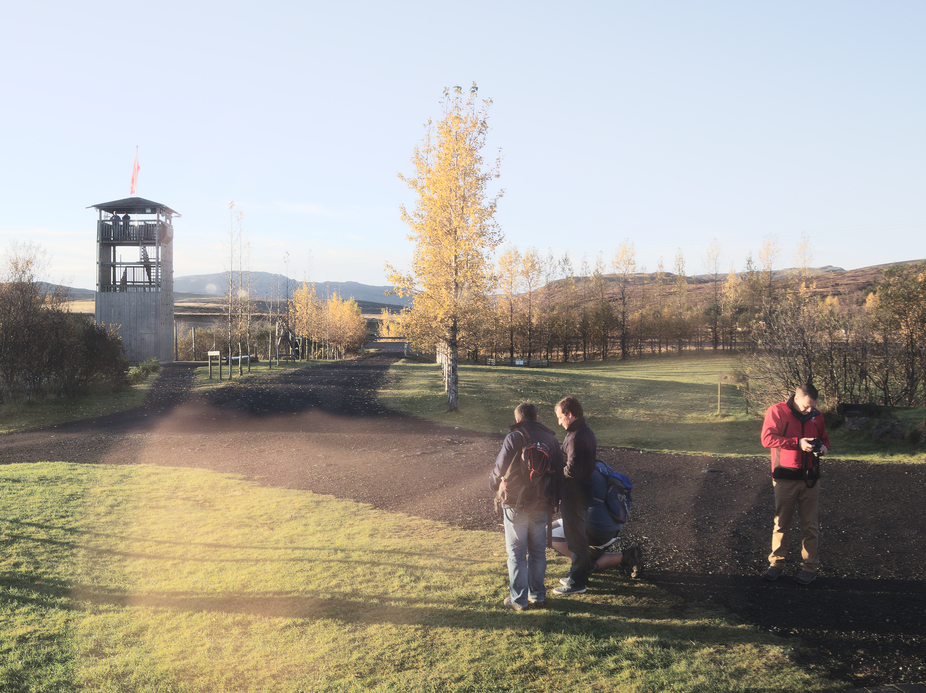

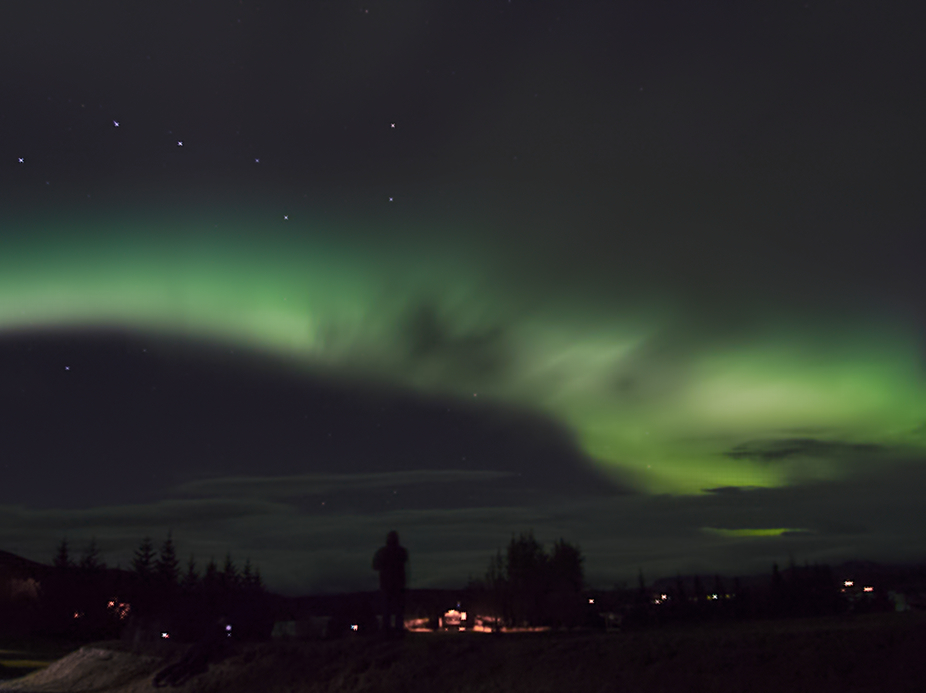
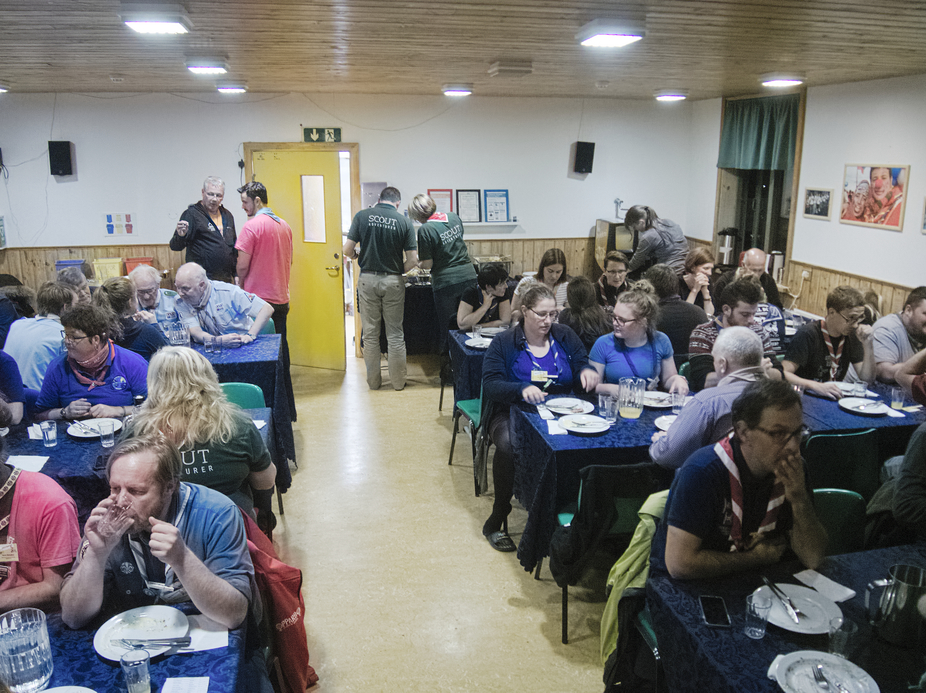
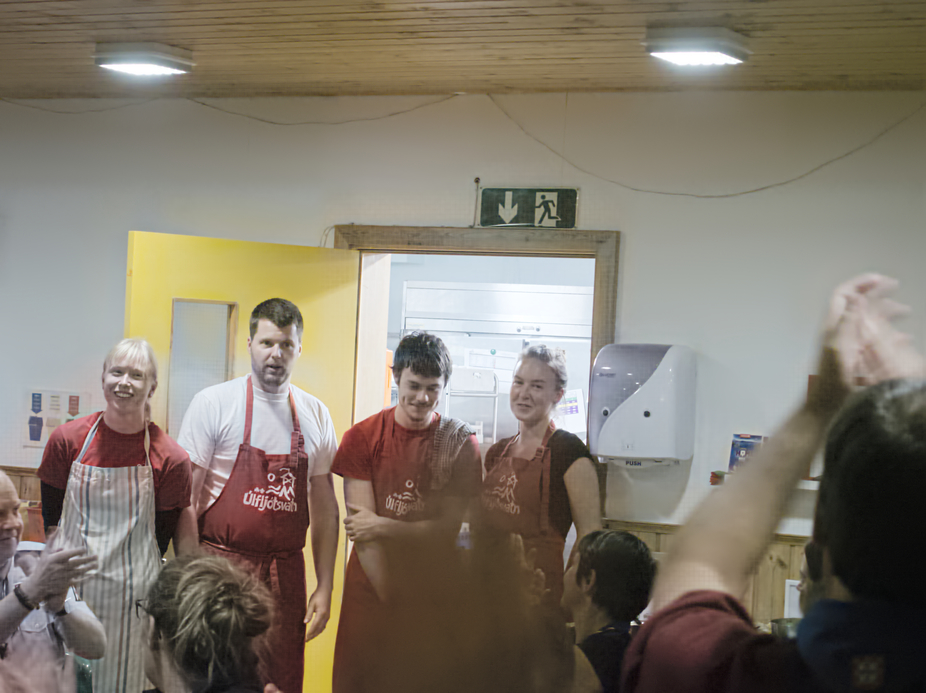
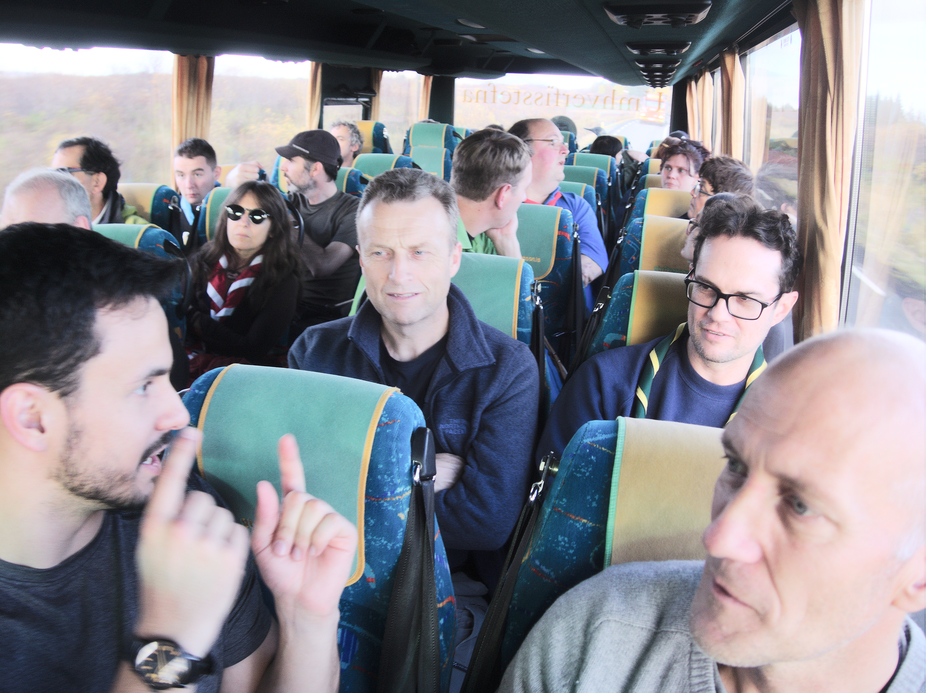
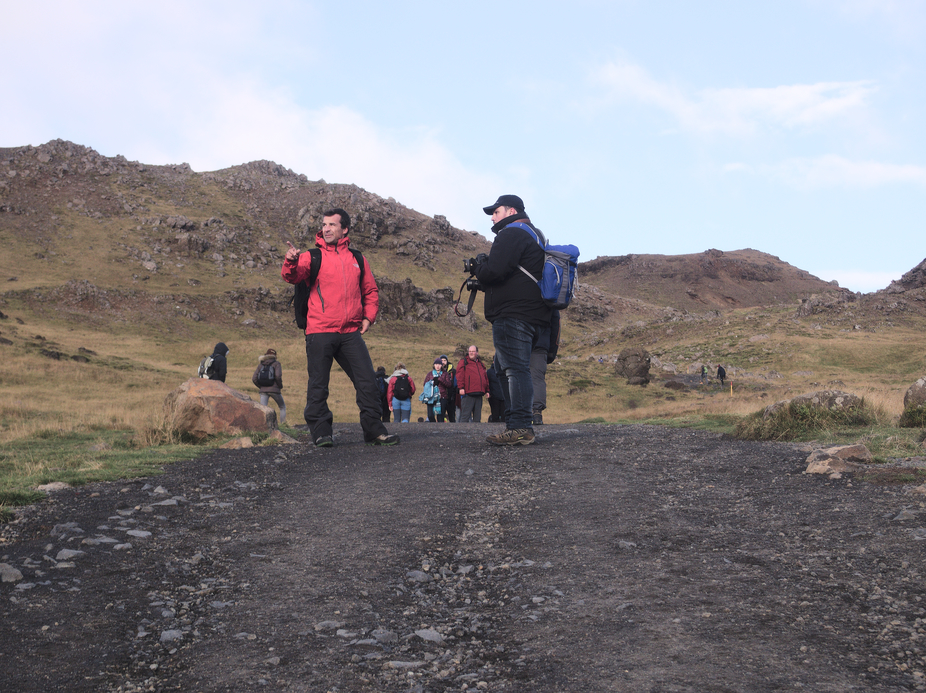






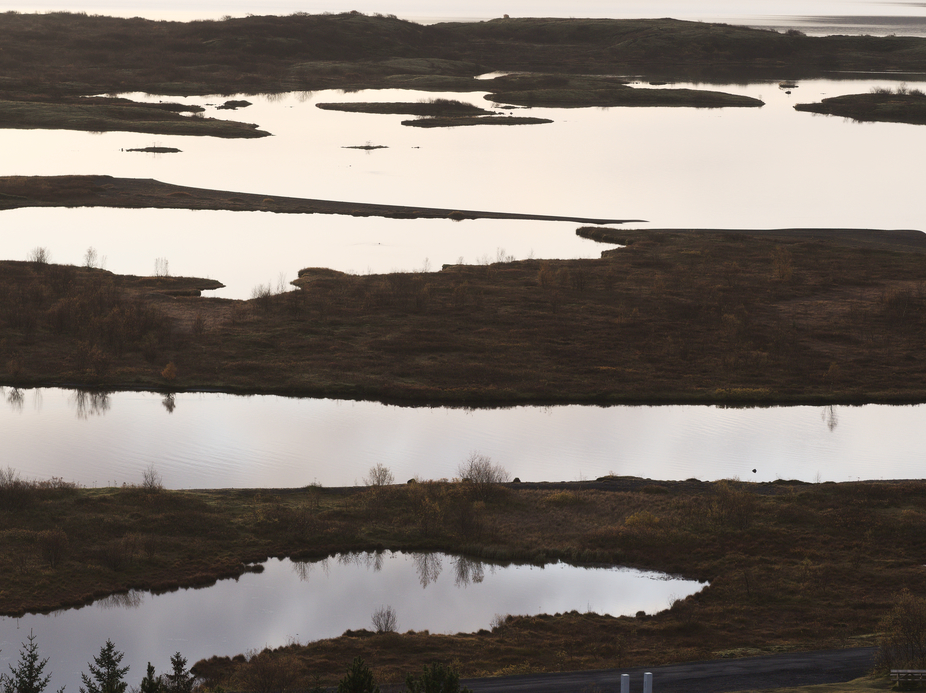
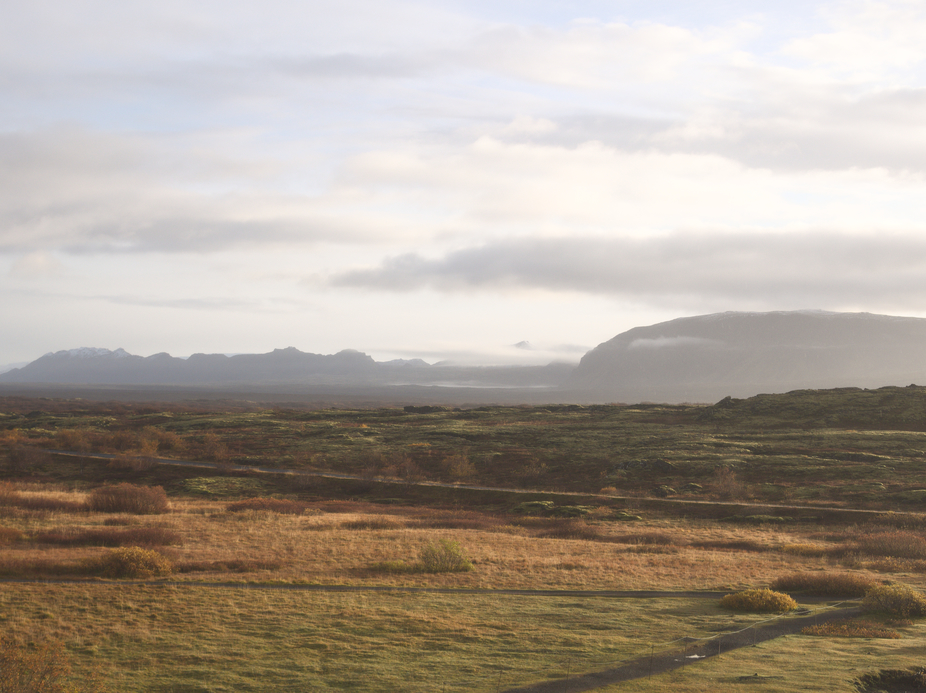
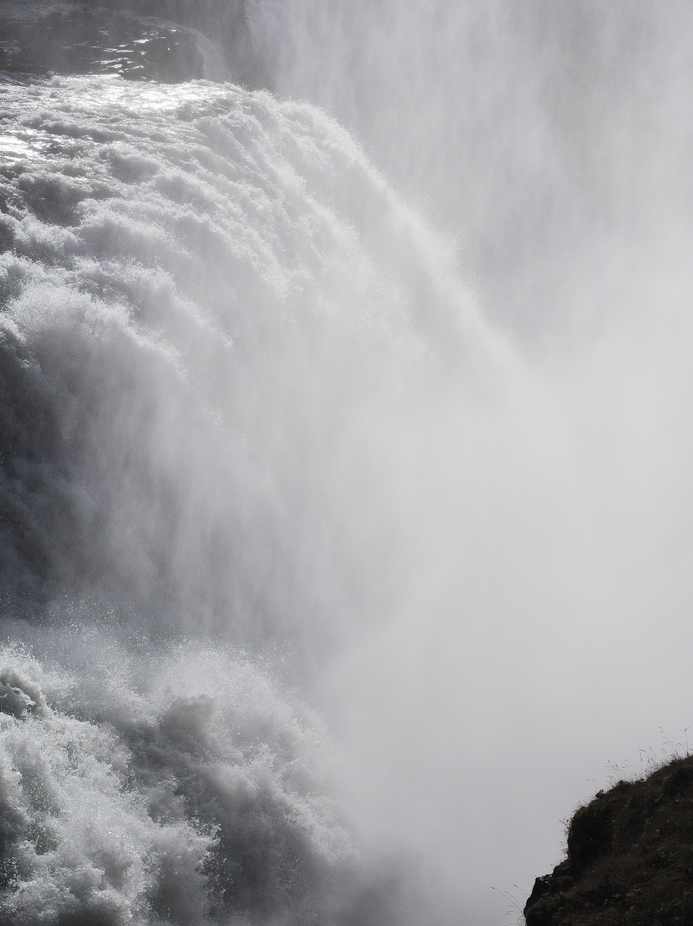

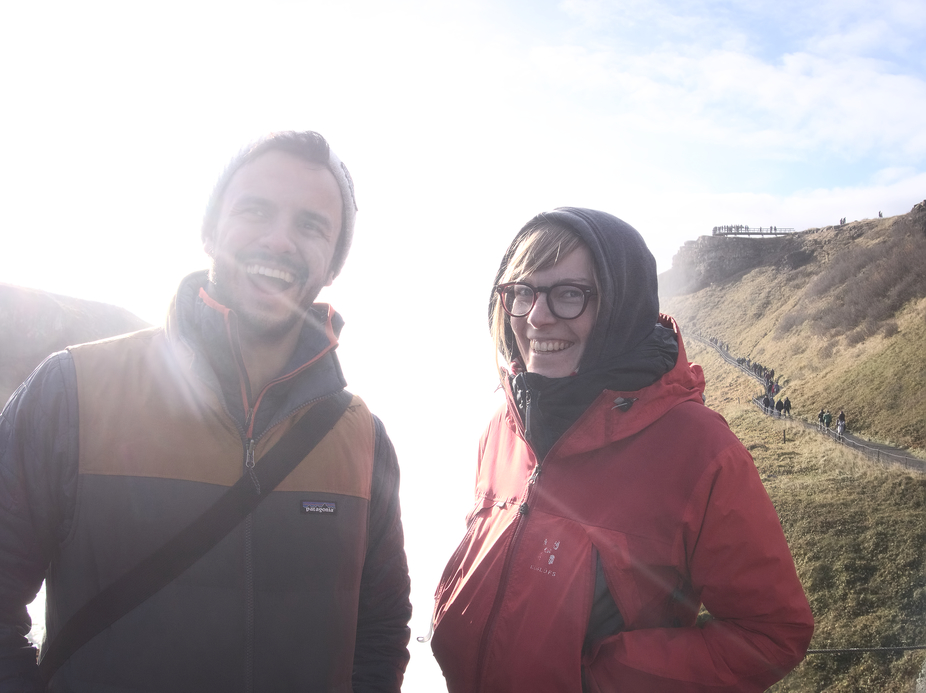

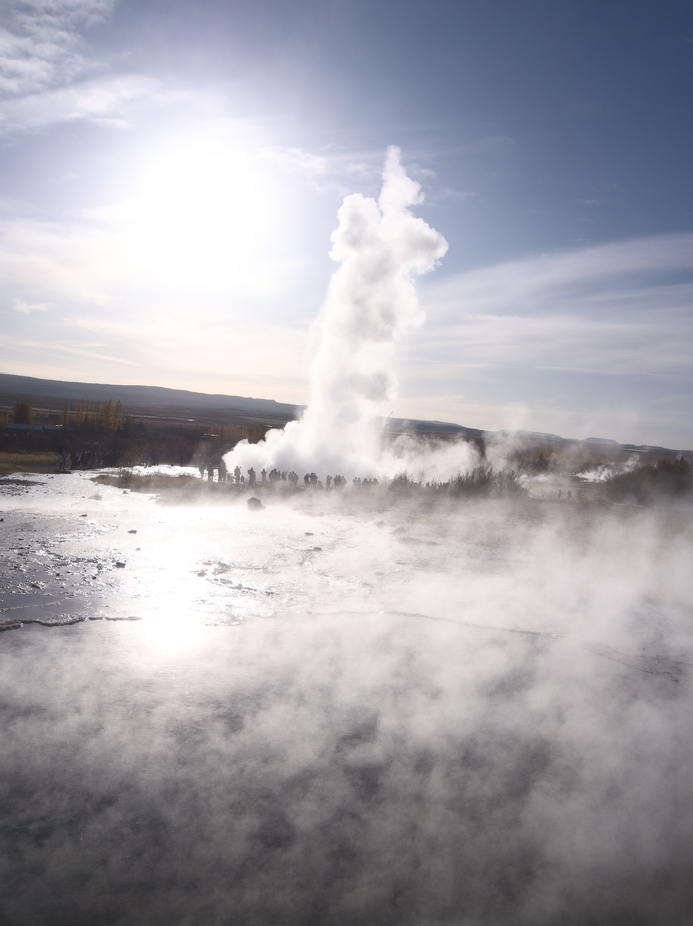
But this is it for now.
Looking forward to see you all again
This is part 5 in a series on posts from my experience being part of the planning team for European Guide and Scout Centre Managers Conference (ECMC) 2017.
Scouts don’t pay much for grass, but they can pay a lot for a knife. It’s called price sensitivity. Scouts are price sensitive to grass since hiking tends to be free. We are price sensitive to free things. Knifes are not free, they are even forbidden in some places. So we are price sensitive to knifes, especially if the knife carries a brand name.
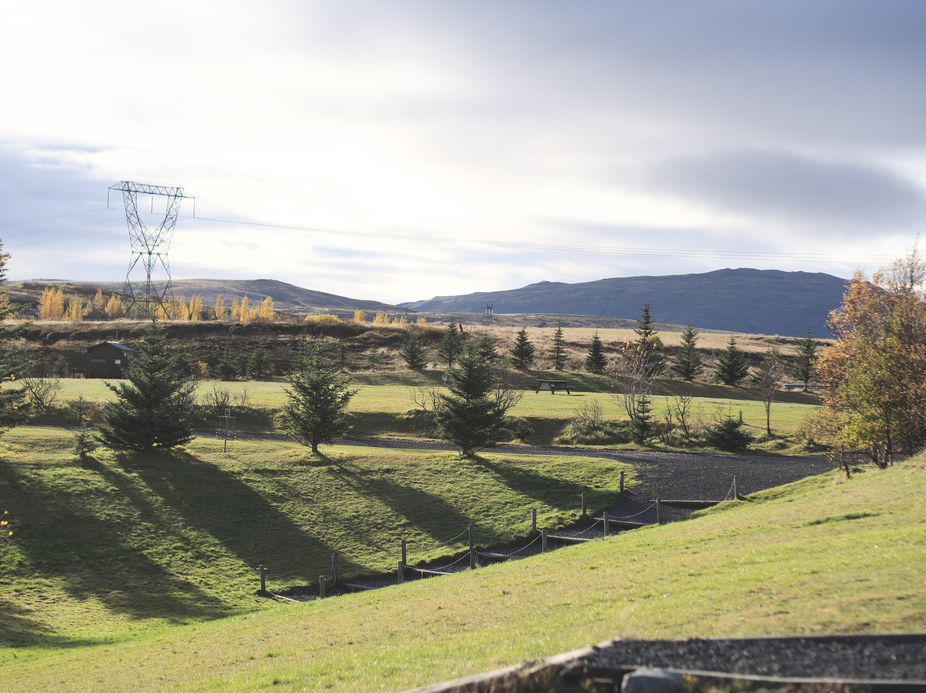
This is how you can have guests at scout centre complaining about the price of accommodation (grass + house + food + toilet + occasional activities to kill time) while happily the scouts spends money on expensive knifes and smart phones.
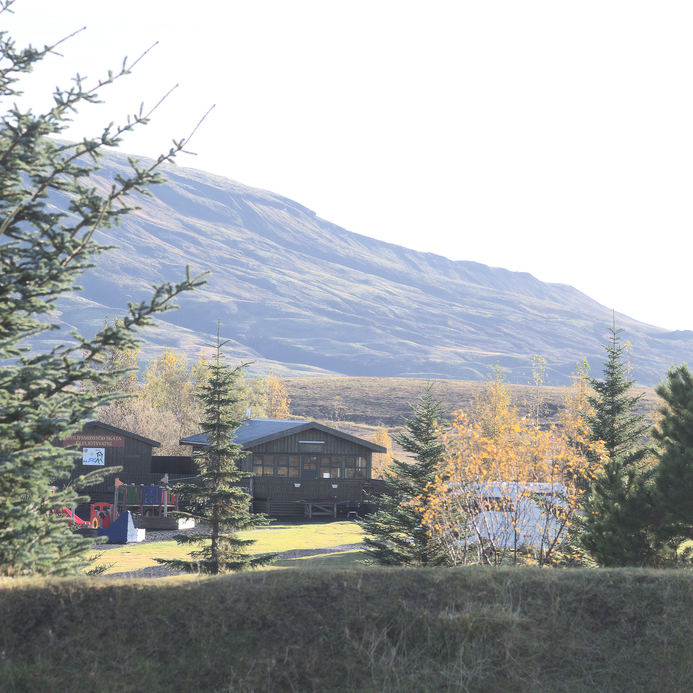
To get out of this, scout centres will have to stop being a hostel-like business and start working as a premium scouting centre. That means embracing and deploying the scout method one level above where we are now. Values and everything. Above all, we can start work as a centres for non-formal learning in a more focused way.
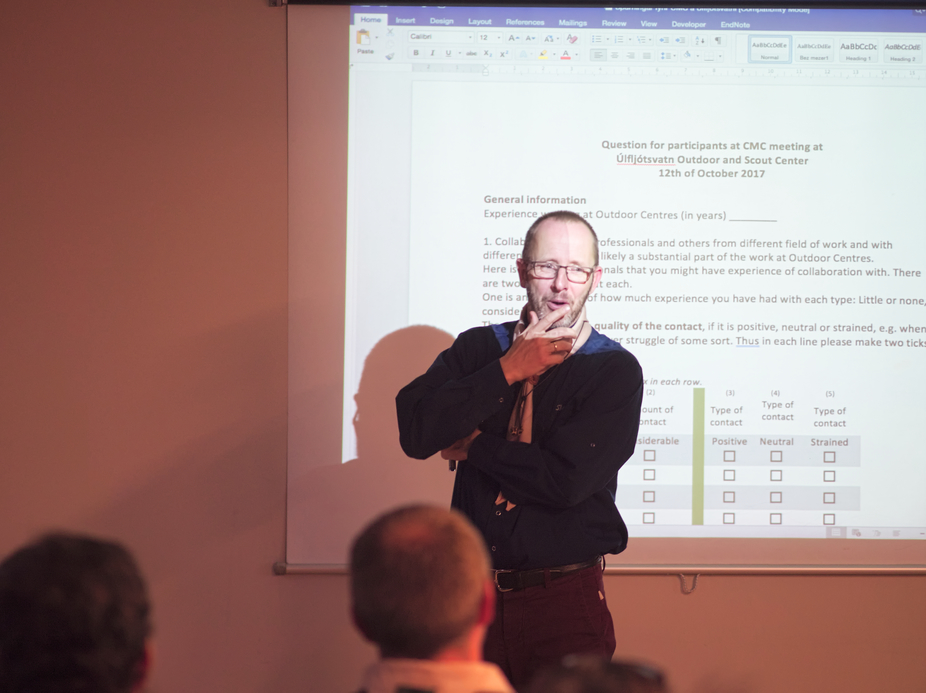
If you don’t know what non-formal learning is, I recommend you to watch John May’s keynote from the educational congress in KISC 2017 if you can find it.
By now, I hope you noticed I consider non-formal learning something important. This is why we asked João to help deliver a workshop on educational methods and non-formal learning. Unfortunately, I had to be in the other parallel workshop so I missed it.
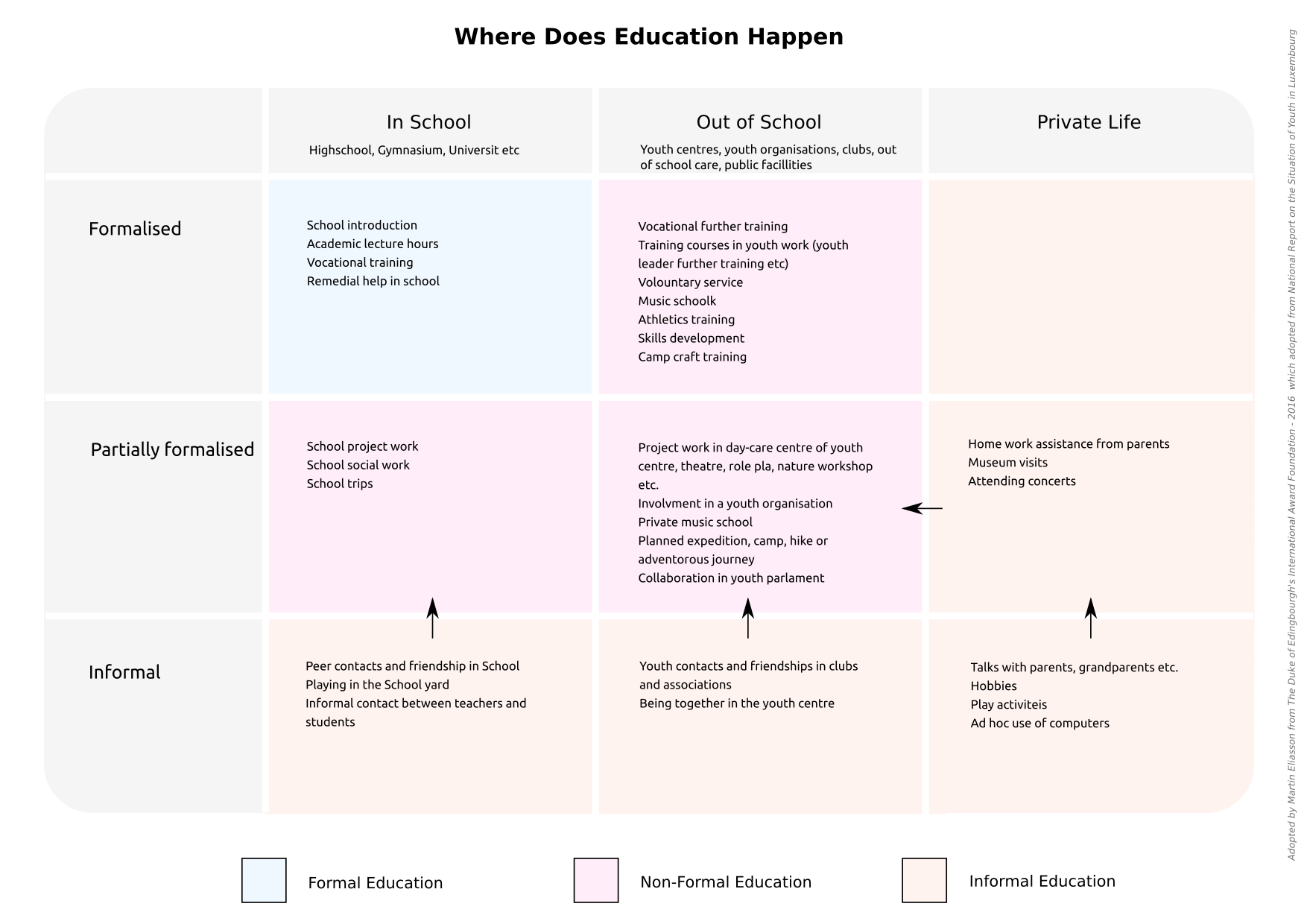
This is why we were thrilled to have Jakob delivering a keynote (the second one) on non-formal learning in outdoor education. Jakob actually does part of his research by visiting Úlfliótsvatn every week. He’s the first keynote speaker I have met who takes the keynote as an opportunity to deepen his research by starting his keynote by asking everyone to fill in a form related to how they got started in scouting etc. His keynote was very interesting and I think he could have spoken for four hours if we had given him time.
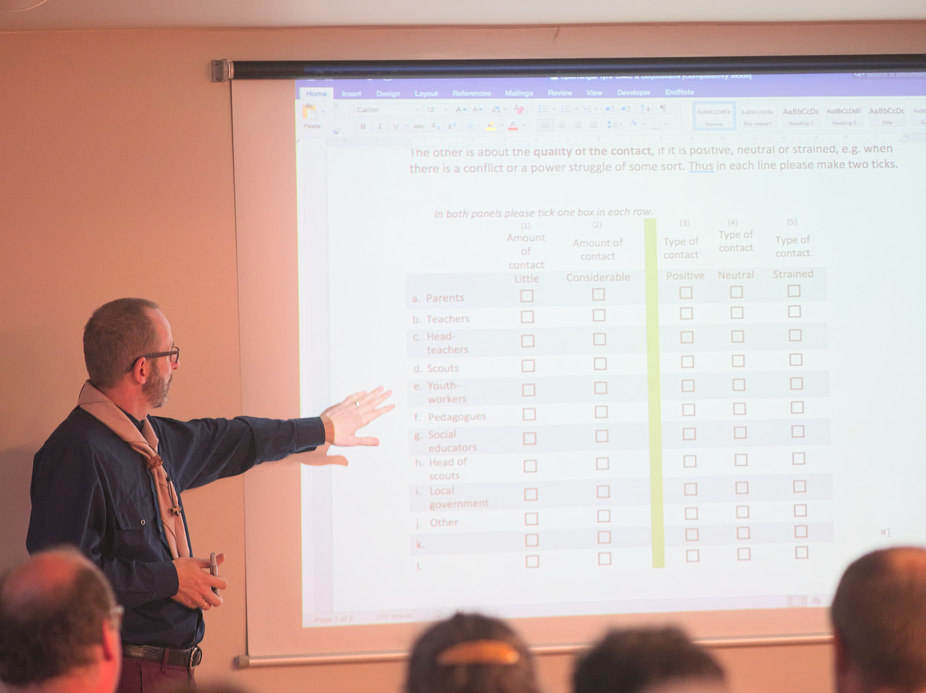
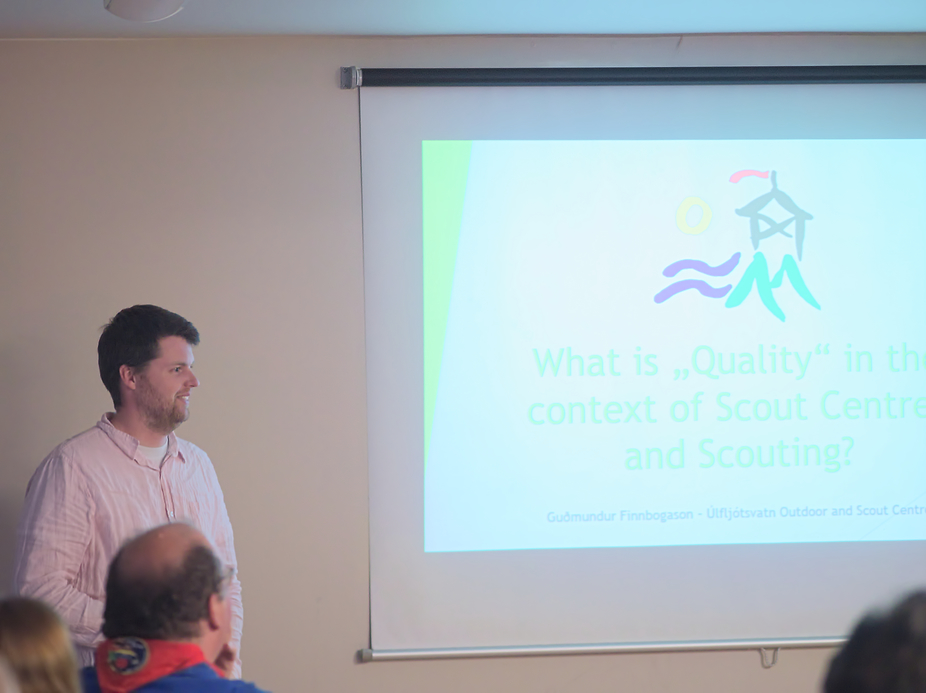
This is part 4 in a series on posts from my experience being part of the planning team for European Guide and Scout Centre Managers Conference (ECMC) 2017.
When you travel the world (Europe at least), when you meet scouts from different places or perhaps change country yourself, you get exposed to different kinds of scouting and so you get to think about what is it in scouting, at the core, that we all agree upon.

To me, this is no small question. I believe that the common core that we share in scouting is the one place where I look for answers on how to improv any scouting endeavour. The core is what really works in scouting.
My current understanding I have come to is based on a very simple observation: what we have in common is: the law (and in addition, the belief in positive examples, not rules), the scarf, the promise and the will to make the world a better place. We have non-formal learning as one of our most important tools. Actually, I have observed that the toolkit in our non-formal learning system like the patrol system, learning by doing, symbols and ceremonies etc. tend to be deployed differently in different places, and if I ever hear about challenges in a local scout community, I always see that there is a weakness in the application and understanding of the toolkit.

I really wanted a session on Safe from Harm at this ECMC, so since I couldn’t find anyone to host it, I decided to make it myself. I don’t consider my self qualified for it, but both my will and request for it was there, so I decided to do it anyway.
I should make a special mention of the training session template that Felipe introduced, it helped a lot with the planning of the Safe from Harm workshop.
Most things I learned by running this workshop came out of a few exercises we did based on something called Photo Jolts. Basically, I asked two questions related to a lot of Photo Jolts photos I had spread out through the room (Northern Hall):
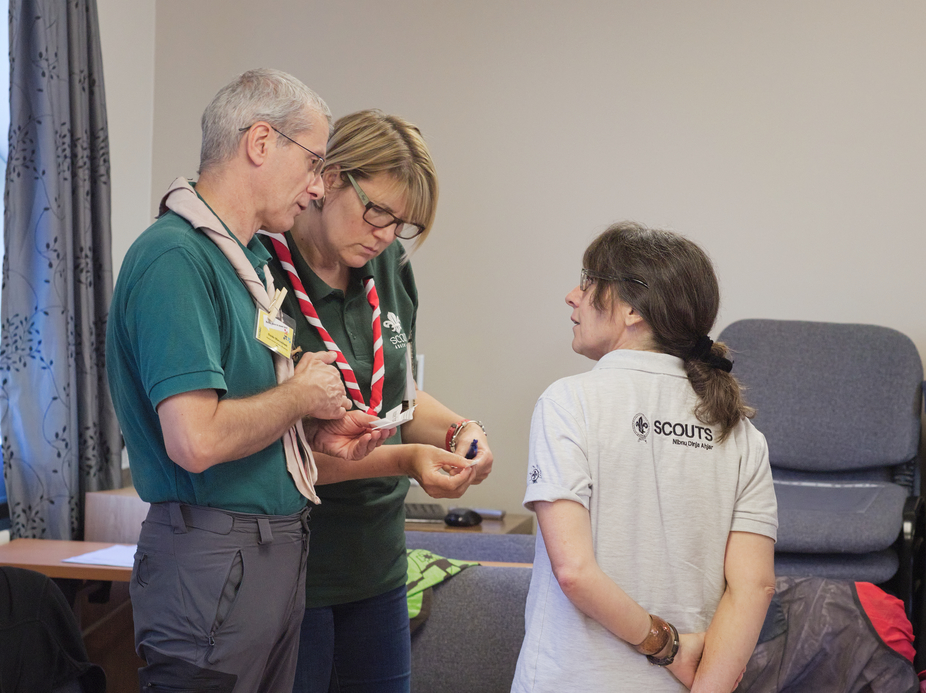
The discussion that followed was very interesting. Taking a look at what was being said, it basically came down to a list of items and that list of items was not new to me. I had seen similar lists throughout my scout career in various context. It just wasn’t called Safe from Harm. When we talked about what could be done, we essentially reformulated old scout values and principles. Things like uniform and scarf to show inclusiveness or methods.
The toolkit is indeed important.
As an end note, I would say a specific method to handle bullying would do our movement well. It came up a lot. On second place we had loneliness.